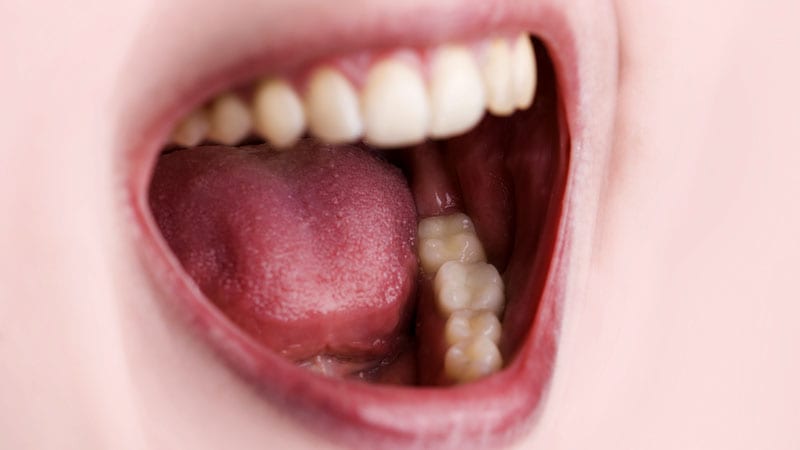
Editor’s note: Discover the current COVID-19 news and assistance in Medscape’s Coronavirus Resource Center
.
SARS-CoV-2’s infection sites are well known in the airways and other parts of the body, but new research study shows that the infection also contaminates mouth cells.
The findings by Ni Huang, PhD, from the Wellcome Sanger Institute in Cambridge, UK, and Paola Perez, PhD, from the National Institutes of Health (NIH), and coworkers, released online in Nature Medicine on Thursday, may help explain the taste and smell loss, dry mouth, and blistering some clients experience, the authors state.
Previous studies have actually recommended that testing saliva is almost as accurate as deep nasal swabbing in detecting COVID-19, however little was learnt about where the infection in the saliva originates from.
The researchers say the mouth ought to be added to the respiratory tracts in addition to the digestion system, blood vessels, and kidneys as infection sites for COVID-19
Saliva Is Transmittable
.
” This is truly the very first direct proof that we have that SARS-CoV-2 can not only contaminate and reproduce in cells of the mouth however the fluid created by the mouth is likewise transmittable,” coauthor Blake Warner, DDS, PhD, Miles Per Hour, from the NIH’s National Institute of Dental and Craniofacial Research study, informed Medscape Medical News.
.
Warner said that the international group of researchers discovered that the salivary glands were working essentially as a virus production factory.
” This is the prime environment for a SARS-CoV-2,” he said.
The findings also help verify the requirement for mask-wearing, correct individual protective devices, and social distancing, Warner noted.
He said it likewise may have ramifications for screening.
” We need to have folks who are evaluated routinely, prospectively in the nasal cavity and in saliva until they get infection, especially if they are a high-risk friend,” he said. “Only then will we understand whether this early infection is taking place initially in the mouth or first in the nose and after that follow them forward.
” Part of our information recommend that you may miss out on some folks if you’re just checking one site,” he included.
“ Bunny Hole” Tests Led to Discovery
.
Warner described the “bunny hole” experiments that led to the discovery. First they used saliva from testing centers and donated tissue from autopsies of COVID-19 patients to show that the infection existed and could reproduce in the salivary glands.
Then they used tissue from acutely contaminated live donors and had the ability to confirm that the salivary glands and mucosae might support both infection and replication.
Scientist then checked the saliva from a small group of individuals with asymptomatic COVID-19 to see if it could infect other healthy cells in a lab meal and found that it could.
Finally, to explore the link between oral signs and infection in saliva, the researchers gathered saliva from a different group of 35 NIH volunteers who had mild or asymptomatic COVID-19
Of the 27 individuals who had symptoms, those with infection in their saliva were more likely to report loss of taste and odor, suggesting that oral infection may explain oral signs of COVID-19
Understanding of the mouth’s involvement in COVID-19 infection can help cause responses on decreasing transmission within and outside of the body, the group concludes.
William Schaffner, MD, an infectious illness specialist at Vanderbilt University School of Medicine in Nashville, Tennessee, informed Medscape Medical News that he found the series of experiments “remarkable.”
The paper makes it clear that “an unappreciated location of the body might contribute in COVID infections,” he stated, and it also assists respond to the confusing concern of why many COVID-19 clients lose their taste.
” I think for the typical person I don’t believe it suggests all that much except you don’t want to kiss someone who’s got COVID,” he stated.
But Schaffner states he’s fascinated by the paper’s ramifications concerning how the virus is transferred– and even more concerned about young crowds gathering to southern shores.
” Now we have all these individuals on spring break,” he said. “They’re not simply staying on the beaches, they’re not simply going to the bars, some will have romantic relationships and this might be yet another method this infection could go from someone to another extremely efficiently.”
Marcia Frellick is a self-employed reporter based in Chicago.
For more news, follow Medscape on Facebook, Twitter, Instagram, and YouTube.
No comments:
Post a Comment